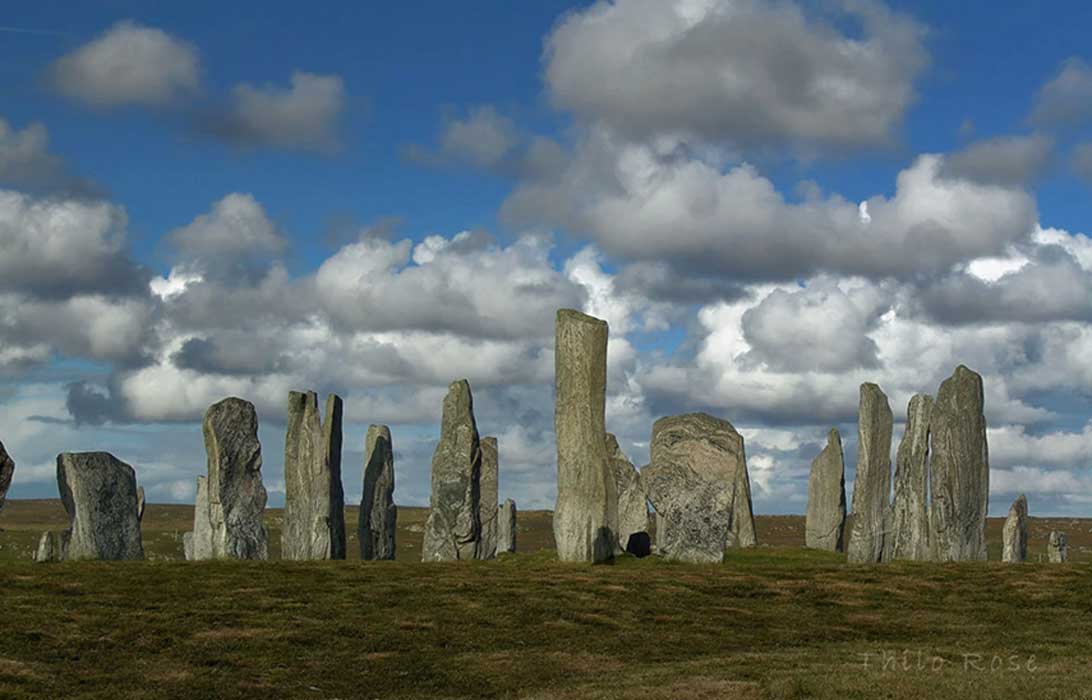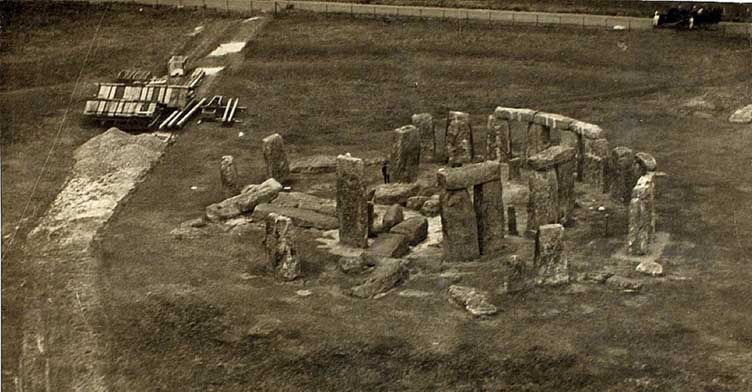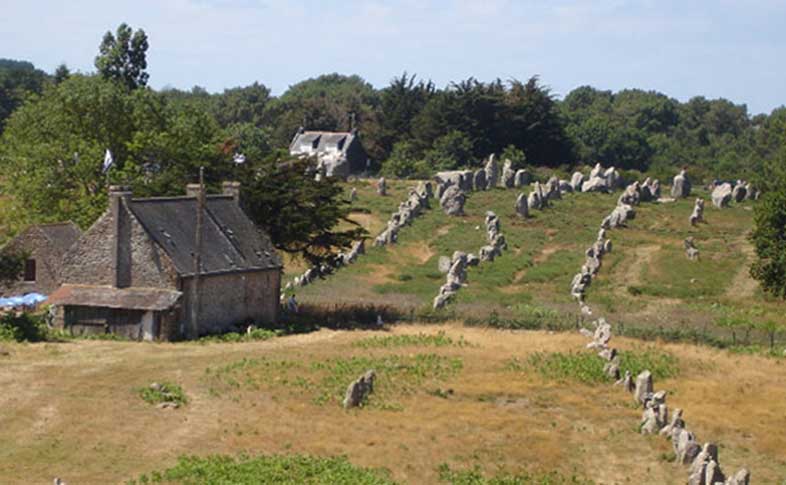
The Mystery of the Stone Monuments in Northern Scotland: Domains of Ancient Lunar Astronomers?
Erected 7,000-years-ago, 20 unique standing stone monuments in the remote north of Scotland mystify archaeologists, because they are unparalleled anywhere else in the world. By conducting a research project, analyzing the location properties of these unique stone monuments, historian Ashley Cowie unearthed a hidden geodetic clue, which offers a valid answer as to why these ancient sites are only found at their exact location. The answer lies in the cycles and shadows of the moon.
Beginning around 5000 BC, when wandering hunter gatherers began adopting an agriculturally fueled lifestyle, the horizons of Neolithic Britain became studded with vast stone monuments, most famously the standing stone circles at Stonehenge and Avebury, located in the heart of a territory known today as England. While the fertile fields surrounding these magical devices fed the people of southern Britain, unique to the far-flung counties of Caithness and Sutherland in the north-east coast of Scotland, are a group of mysterious ancient monuments which have been described by archaeologists as: “multiple rows of small standing stones and standing stone fans.”

Post-World War I aerial photograph of Stonehenge by Edwin Newman derivative work (CC0)
These stone rows and fan arrangements are unique to Caithness and Sutherland and the question to why these stone monuments - which sometimes consist of over 400 individual stones - are only found in this slim latitudinal band in Scotland, has remained unanswered. An understanding of the dynamics of the specific types of ancient monuments is necessary to unravel this mystery.
Lunar Observatories versus Ritual Landscapes?
When discussing these 20 unique monuments, specialists gravitate into one of two camps. On one hand, they are thought of as astronomical observatories, while on the other hand they are held as back drops or stages for the performance of agrarian rituals.
The champion of the astronomical interpretation was professor Alexander Thom, the Scottish engineer most famous for his 1960s studies of Neolithic sites and his highly controversial theory of the European wide use of a ‘Megalithic yard measurement’ in pre-history, which he believed he could have measured as far north as Orkney and at the Carnac stones in Brittany. Although many modern authors refer to Thom’s ‘Megalithic yard’ as if it is an archaeological fact, other historians and archaeologists regard the measurement to be a figment of his imagination, for example, in his book Rings of Stone: The Prehistoric Stone Circles of Britain and Ireland, archaeologist Aubrey Burl calls the ‘Megalithic yard’ “a chimera, a grotesque statistical misconception.” Either way, professor Thom measured his ‘Megalithic yard’ in the monuments under discussion in this article.

Professor Thom claimed to have measured the ‘Megalithic yard’ in the far north of Scotland and in the Carnac stones in Brittany. (Ancient Origins.)
Born and raised in Caithness, the stone fans of Caithness caught the interest of Ashley Cowie, who lived a short distance from a man: “with an archaeological claim so great, that it cannot be matched by any another human. L. J. Myatt was professor Thom’s field assistant in the 1960s and I was lucky enough to have spent an afternoon with him at his home in Halkirk, in central Caithness. Every time Mr Myatt referred to his old friend, professor Thom, as “Sandy” my hair stood on end and my china teacup would tremble a little. Even the most hardened skeptics of Thom’s conclusions would agree that his measuring methodology verged on brilliant, in that he accounted for so many variables, both terrestrial and astronomical, long before the days of astronomy mapping software. To me, professor Thom, for all his good and bad, was something of an archaeological superstar.”





